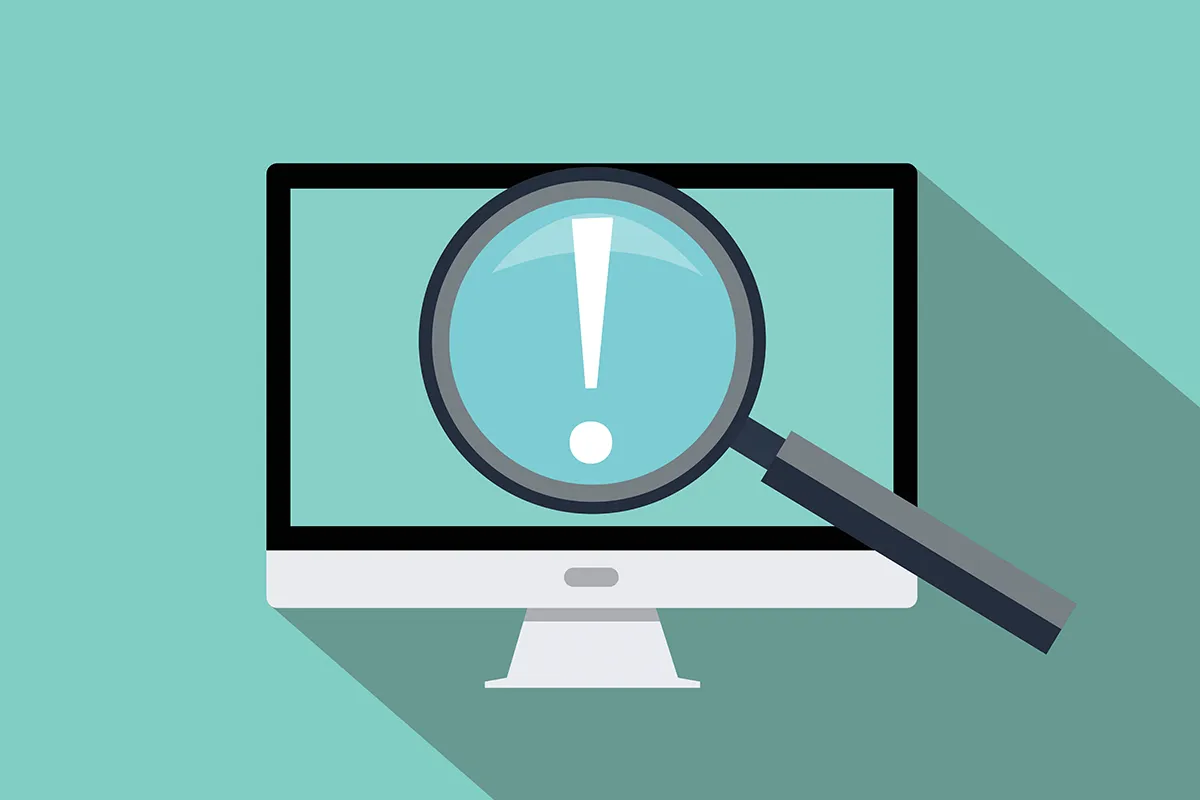Suppose you were to ask stakeholders at all levels in your company the following question: “What risks do we have to manage?” How many different answers do you think you’d get? If you’re like many organizations, the variety of answers may be as diverse as the people providing them. Then, when it’s time to answer a more important question, “How should we mitigate these risks?” you may get at least as many different replies.
But with enterprise risk management (ERM) software, you have a central system for identifying and mitigating risks, as well as managing your responses to them. Here’s a detailed explanation of what enterprise risk management software is and how companies use it to support their success.
What Is Enterprise Risk Management Software?
Enterprise risk management software refers to a solution that helps organizations identify, manage, monitor, assess, and mitigate the risks that impact their business. Further, an integrated risk management (IRM) solution integrates with your existing systems, pulling data from disparate sources to help you make more effective risk decisions.
Organizations use ERM software to proactively identify and address risk systematically. Using an ERM solution, you can answer critical, profit-protecting questions such as:
- What are our risks and which ones are most likely to impact our business?
- What would be the cost of getting hit with a risk event?
- How much time may it take to recover from a risk incident?
- How have historical risk events impacted us from a financial and/or operational standpoint?
- Are we effectively insulating ourselves from risk using the right kinds of insurance?
You can also use an enterprise risk management software vendor as a centralized risk “brain” that enables you to use predictive analytics to estimate your risk profile for several years into the future—and make better decisions using the data.
Here are some of the most common functions organizations use the best ERM software to perform.
Identifying Risks
An ERM software vendor gives you a risk identification tool that can eliminate risk blindspots. For instance, a food supply company could use ERM software to identify:
- Weather conditions in different regions that could impact the growers they work with
- The machinery and equipment that’s most likely to need replacement or expensive repairs over the next five years
- Supply chain risks associated with:
- Droughts
- Major storms
- Geopolitical events that preclude the possibility of working with companies from certain countries
- Compliance issues, such as having to enforce preventative controls to stop the spread of a food-borne illness
- Operational risks involving damaged systems or technological failures
- Human resource-related risks, including strikes and workers’ compensation claims
Managing and Measuring the Impact of Risks
Each risk comes with its own price tag and operational impact and with ERM software, you can quantify these factors. You can also use an ERM solution to compare one set of risks against another and make decisions accordingly.
To illustrate, suppose an organization in the United States that manufactures car parts is considering purchasing components for a certain category of axels from companies in two different countries. Company A is in a country where the U.S. has a decades-long history of friendly, trouble-free relations, and there have never been sanctions applied against that country, but Company A’s components cost about 15% more than those of Company B.
Company B is in a country that has recently had dealings with some enemies of the U.S. and while there haven’t been any significant sanctions against them in the last few years, the specter still looms.
Using ERM software, the organization could answer questions including:
- What would be the financial impact of choosing Company B over Company A assuming sanctions get applied once in the next three years?
- What would be the opportunity cost associated with choosing Company A for the sake of avoiding potential supply chain disruption?
- If the choice isn’t clear, are there other risks, such as environmental or weather-related issues, that could make either company a better choice?
- What kinds of insurance can we buy to mitigate the risk of choosing Company B, and would the investment be worth it?
Mitigating and Responding to Risk Incidents
Your ERM software can also serve as a digital home base for responding to incidents as they unfold and in their aftermath.
For instance, suppose a hurricane strikes an area where a manufacturer has both a production and a storage facility. With its ERM solution, decision-makers can:
- Collect data in real-time as people report it in the field
- Decide the kind of financial and human assistance each location needs
- Assess the cost of the hurricane in terms of:
- Damage repair
- Lost work hours
- Damaged inventory
- Supply chain-related concerns
- Gather information to pass on to local rescue and recovery teams, so they know the kinds of equipment and supplies to bring to each site and what to expect when they arrive
- Assess the likelihood of more storms complicating the recovery effort
In other words, your ERM can reduce the cost of each event as well as make recovery faster and less expensive.
With Ventiv ERM, you get a comprehensive risk identification, assessment, management, analysis, and prediction tool. If asked what risks the organization faces, how to mitigate them, and their costs, the answer is only a few clicks away. You can also perform detailed analyses to ensure you have the financial systems in place to reduce the impact of your most business-critical risk events. Chat with an expert to see how Ventiv’s enterprise risk management is right for your organization.







